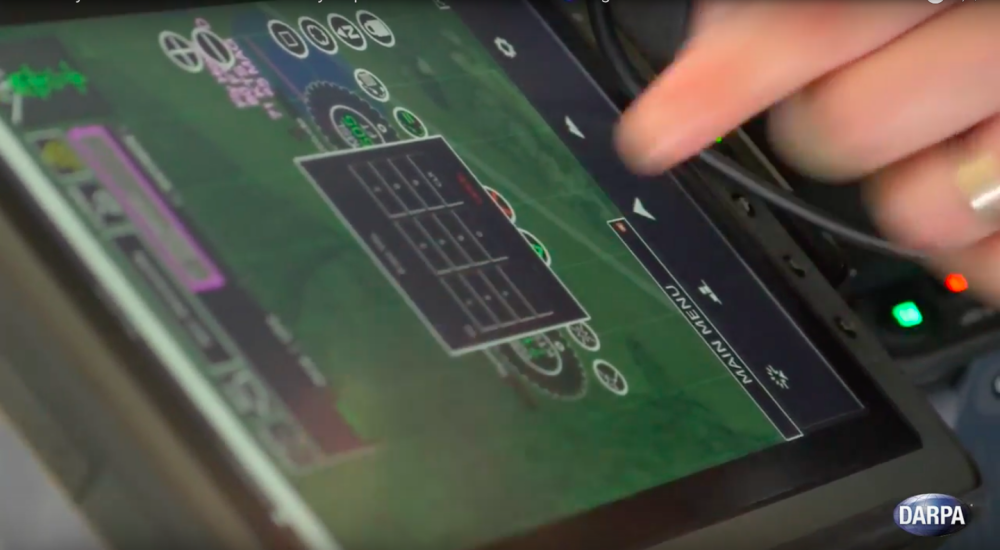DARPA and Lockheed have modified an off-the-shelf commercial helicopter to fly itself in typical military missions, including supply runs, medevac, and recon. The next step: Port the MATRIX software over to an actual Army UH-60 Black Hawk, which will fly next year. The long run: Design next-generation scout and assault aircraft to be optionally piloted from the start.
For safety reasons, there were highly trained test pilots aboard the Sikorsky Autonomy Research Aircraft, a modified S-76B, during this month’s flight tests at Fort Eustis, Va. — but for much of the time, they might as well have stayed on the ground. In one case, Sikorsky autonomy director Igor Cherepinsky told reporters this afternoon, “we also had a non-pilot with all of 45 minutes of training take the aircraft up and operate for almost an hour.”
How? The humans just tapped on a tablet screen to issue some basic instructions — take off, fly here, land around there — that the computer then executed itself. During simulated pickups of cargo and casualties, a loadmaster on the ground could use a tablet to give directions as well, with the computer mediating between the input from the human on the ground and the human onboard. Even when the trained pilots wanted more precise input, instead of having to use both hands and both feet on traditional helicopter controls, they just used a joystick-like “inceptor” to direct the computer, which turned their broad commands into specific adjustments of the controls.
Optionally Manned, Not Unmanned
The goal is not to replace human operators altogether, but to give them a computerized co-pilot that can take over routine tasks at the touch of a button.
“It’s really like a co-pilot,” DARPA program manager Graham Drozeski enthuses in the video above. “It can fly routes, it can plan routes, it can execute emergency procedures — and it can do all that perfectly.”
While such an optionally manned aircraft might fly some low-risk missions entirely by computer, such as a supply run through friendly airspace, flights with passengers or into combat zones would have at least one human pilot and often two. The goal of what’s called human-machine teaming is to get the best of both worlds, a synergy some scholars liken to the mythical centaur.
That way trained human brains can focus on mission planning, military tactics, and other complex problems full of the ambiguity and unknowns that computers just don’t handle well. Meanwhile the machine makes sure they don’t fly into something in a moment of misjudgment or distraction. Such Controlled Flight Into Terrain is historically the No. 1 cause of fatal aircraft crashes, because humans are bad at the kind of relentlessly uninterrupted attention to physical details that computers find easy.
In fact, DARPA calls this technology ALIAS, the Aircrew Labor In-Cockpit Automation System, to emphasize how it assists rather than supplants the human pilots. Sikorsky — now part of Lockheed Martin — calls it MATRIX, which doesn’t stand for anything but sounds cool.
Source: Breaking Defense

